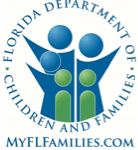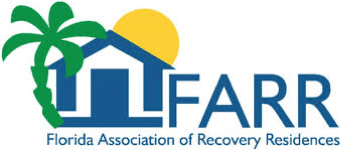Borderline Personality Disorder Treatment
What Is Borderline Personality Disorder (BPD)?


The History of Borderline Personality Disorder

Diagnosing Borderline Personality Disorder
- Paranoid ideas
- Relationship instability
- Abandonment fears, angry outbursts, and affective instability
- Identity disturbance and impulsive behavior
- Suicidal behavior
- Emptiness

Common Symptoms of Borderline Personality Disorder
- Having obsessive abandonment issues (real or imagined)
- Making suicidal gestures and threats
- Being emotionally overly reactive
- Self-harming
- Acting in self-destructive and impulsive ways (e.g., substance abuse, self-injury, gambling, reckless driving)
- Displaying a pattern of unstable relationships
- Experiencing chronic feelings of emptiness
- Being depressed
- Experiencing rapidly shifting moods (mood swings)
- Having inappropriate angry outbursts
- Being paranoid
- Disassociating from reality
- Feeling misunderstood
- Having an unstable self-image or low self-esteem
Our Individualized Borderline Personality Disorder Treatment Programs
At Lifeskills South Florida, we offer several levels of borderline personality disorder treatment based on where clients are in their recovery. Our BPD treatment includes detoxification services, residential treatment, partial hospitalization, and intensive outpatient programs, as well as a transitional living program. Clients move through their BPD treatment as they progress toward recovery. Provided below are details about each of our borderline personality disorder treatment programs.

Lifeskills Fort Lauderdale: Detox and Subacute Residential:

Lifeskills Deerfield Beach: Residential:

Lifeskills Delray Beach: Outpatient:

Lifeskills Osceola Village: Transitional Housing:
A FARR Accredited and Level II transitional living community, Osceola Village residences allow individuals to step down to semi-independent living while attending our outpatient programming.
How We Treat BPD: Dialectical Behavior Talk Therapy
Fortunately, the disorder can be treated effectively, but borderline personality disorder treatment must be long-term within a consistent and empathetic BPD therapy regimen.
Lifeskills South Florida offers a comprehensive Dialectical Behavior Therapy (DBT) Pathway that’s primarily used to treat borderline personality disorder and emotional disregulation. It’s a 13-week curriculum that includes BPD therapy, which is a combination of cognitive behavioral therapy (CBT) and Zen Buddhism. Our borderline personality therapy focuses on homework, learning new skills, and mindfulness. During the DBT Pathway clients learn to balance acceptance and change. Components of the DBT Pathway used to treat borderline personality include:
How We Treat BPD: Dialectical Behavior Talk Therapy
How We Treat BPD: Dialectical Behavior Talk Therapy
Our Dialectical Behavior Therapy (DBT) Pathway
Core Mindfulness
Distress Tolerance
Interpersonal Effectiveness
Emotion Regulation
Acceptance and Change
Behavioral
Cognitive
Skill Sets
Collaboration
Support
Borderline Personality Disorder FAQs
What causes borderline personality disorder?
Can self-injurious behavior lead to suicide?
Is borderline personality disorder a lifelong disease?
Interested in learning more
Call us at 954-953-1742 or fill out our contact form to start your recovery today.






